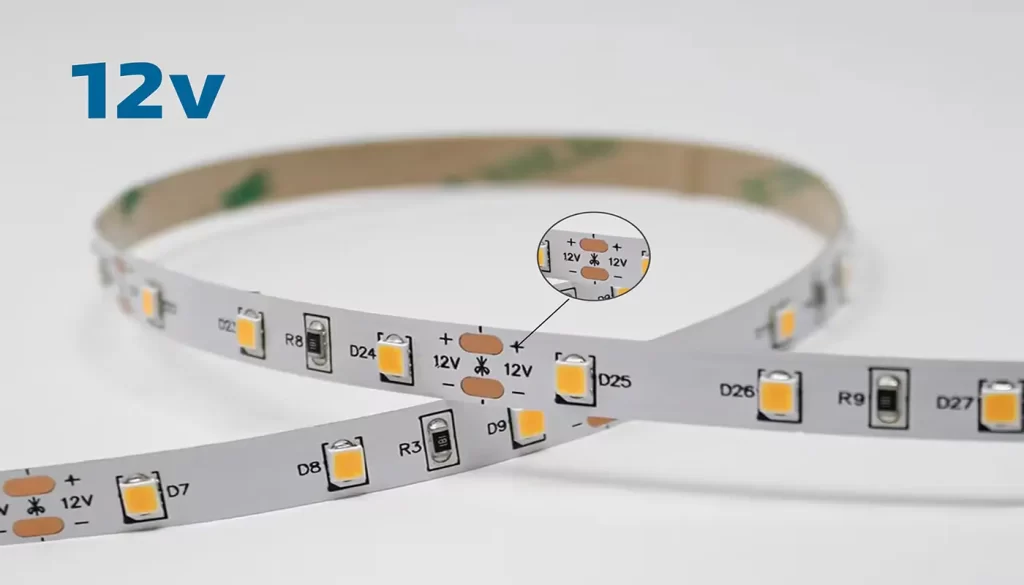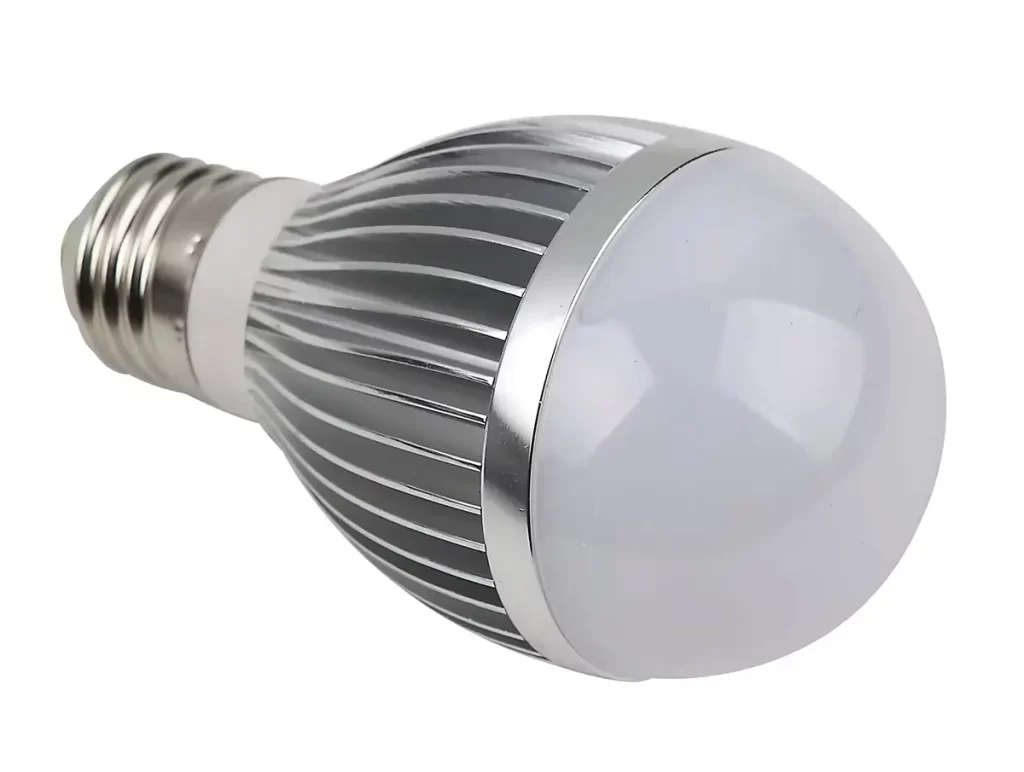
If you are buying LED lights for your vehicle, you will find these products are not high-voltage (120/240 V AC). So, you would choose 12V DC LED lights as a common choice. Here, we will specifically analyze the pros and cons of 12V LED lights as follows!
l need to clarify that this article is about 12V LED lights, which is low-voltage lighting. Let’s dive into what low voltage lights is, and some typical applications of 12V LED lights. And the pros and cons of using this low-voltage lighting.
Three advantages of 12V LED lights
12V LED lights: More Reliable, Repaired and Serviced
In a 12V DC LED system, both the transformer and power supply are located away from the LEDs. Usually in a cool, ventilated area. This will greatly improve the reliability of electronic equipment. Best of all, we can repair or replace faulty electronics easily. Faulty LED bulbs are usually irreparable, and in 12V LED systems, faulty components can be replaced one by one, making repairs easier and lowering the total cost of ownership.

12V DC LED Lights is a Normal Voltage Platform
Many electrical systems run on 12V DC. For example, many vehicle batteries including boats and RVs run on 12V DC, which makes using a 12V LED system a wise choice for these applications. It doesn’t require any transformers or power supplies to convert the voltage, so you can plug in the LED lights indirectly…
By the way, even if you don’t plan to use the battery, you still need to rely on the power source. 12V is a very normal voltage level, mainly due to its ubiquity in desktop computing. This makes power supply easy and cheap and helps reduce your purchasing costs.
12V LED Lights Lower Electric Shock Risk
We also consider the LED product safety factor, the first thing that comes to mind is the risk of electric shock and fire. Since 12V is a much lower voltage than the high voltage (120/240V), it is more difficult for the current to overcome the inherent resistance of human skin and other objects. This will make it safer for hobbyists who want to experiment with products like LED strips. Usually, you won’t see any sparks or bangs that you would see with a line voltage system if the line is accidentally shorted.
Three disadvantages of 12V LED lights
Low Electrical Efficiency
With 12V led systems, the lower voltage means more current must be supplied to compensate. For example, a 120V LED system will pull 1 Amp in a 120 Watt system, while a 12V LED system will need to pull 10 Amps to power the same 120Watt system.

Fewer Products and Options
Although we also list the advantages of 12V DC LED systems, most LED systems are based on line voltage. This means that most manufacturers will design their products around line voltage. There are so many customization features for LED lights such as colour temperature, CRl, beam angle, and brightness – most of which are only available in line voltage options. This means that if you are specifically looking for 12V LED lights, your options have limited. Take our light strips for example, 24V light strips are mostly, and 12V light strips are also available, but relatively few.
Additional Accessories and Cost
As we said, 12V LED systems do not have transformer electronics built in. So it is necessary to purchase and install the transformer and power supply separately. This can make it more difficult for the average consumer and result in additional costs. This is required even for low-volume installs and applications.

